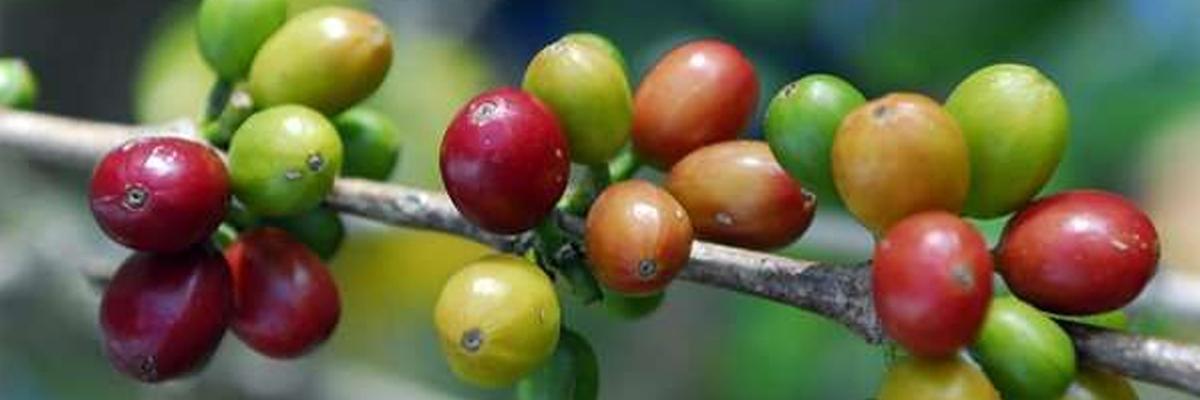Live
- Educational Trips in South Kanara Put on Hold Following Murudeshwar Drowning Incident
- Karnataka Temple Embraces Mechanical Elephant for Cruelty-Free Ceremonies
- Temple modelled after Ram Mandir to be constructed in US
- Property dealer shot dead in broad daylight in Ranchi
- Maharashtra: CM Fadnavis expands Cabinet; inducts 39 ministers
- Winter Session of UP Assembly from Dec 16; CM seeks cooperation of all parties
- AIADMK executive council meet passes sixteen resolutions, vows to make Edappadi CM again
- Manchu Family Feud Resurfaces in Jalpally
- Kerala Hindu leader gifts Rig Veda to Pope Francis
- 35 miners trapped under rubble in Afghanistan
Just In
Wild coffee plants, Christmas and chocolate trees poorly protected


A wide range of wild plants used for food, medicine, shelter, fuel, livestock forage and other valuable purposes are poorly protected, according to a study These include wild populations of firs used for Christmas trees, the original types of kitchencupboard staples like vanilla, chamomile, cacao and cinnamon, wild relatives
Washington: A wide range of wild plants used for food, medicine, shelter, fuel, livestock forage and other valuable purposes are poorly protected, according to a study. These include wild populations of firs used for Christmas trees, the original types of kitchen-cupboard staples like vanilla, chamomile, cacao and cinnamon, wild relatives of crops like coffee, and plants used by bees to make honey, said researchers from the International Center for Tropical Agriculture (CIAT) in Colombia.
A new way of measuring plant conservation shows that less than 3 per cent of the 7,000 evaluated species are presently classified as "low priority" or "sufficiently conserved." This is worrying since the indicator was designed to measure countries' progress towards ambitious conservation goals that are supposed to be met by 2020, according to the study that appears in the journal Ecological Indicators. "This indicator underscores the urgency to protect the world's useful wild plants," said Colin Khoury, a biodiversity specialist at CIAT.
"The indicator not only helps us measure where countries and the world stand with regard to safeguarding this natural and cultural heritage, but it provides actual information per species that can be used to take action to improve their conservation status," Khoury said. The Useful Plants Indicator scores almost 7,000 useful wild plants from 220 countries on a scale of 1-100, with 100 meaning fully protected. Any plant rated 75 or higher is "sufficiently conserved."
Low, medium and high priority for conservation is reflected by scores of 74-50, 49-25 and 24-0, respectively. The indicator equally weighs in situ plant conservation - in protected areas like national parks - and ex situ conservation, which covers plants safeguarded in gene banks, botanical gardens and other conservation repositories.
Coffea liberica, a wild coffee plant that used to make a caffeinated brew in parts of Africa and sought by coffee breeders for its disease resistance, scores only 32.3 out of 100 on the indicator, researchers said. The wild ancestor of the connoisseur's preferred bean, C arabica, does not fare much better, scoring 33.8, they said. Of the 32 coffee species listed, none scores higher than 35.3. Of those, more than two thirds have no known viable genetic material stored in gene banks or other repositories. "The indicator shows that the network of protected areas around the world is doing something significant for useful plants," Khoury said. "But if we want to get serious about protecting these species, especially the ones that are vulnerable, we have a long way to go before they are fully protected," he said.

© 2024 Hyderabad Media House Limited/The Hans India. All rights reserved. Powered by hocalwire.com






